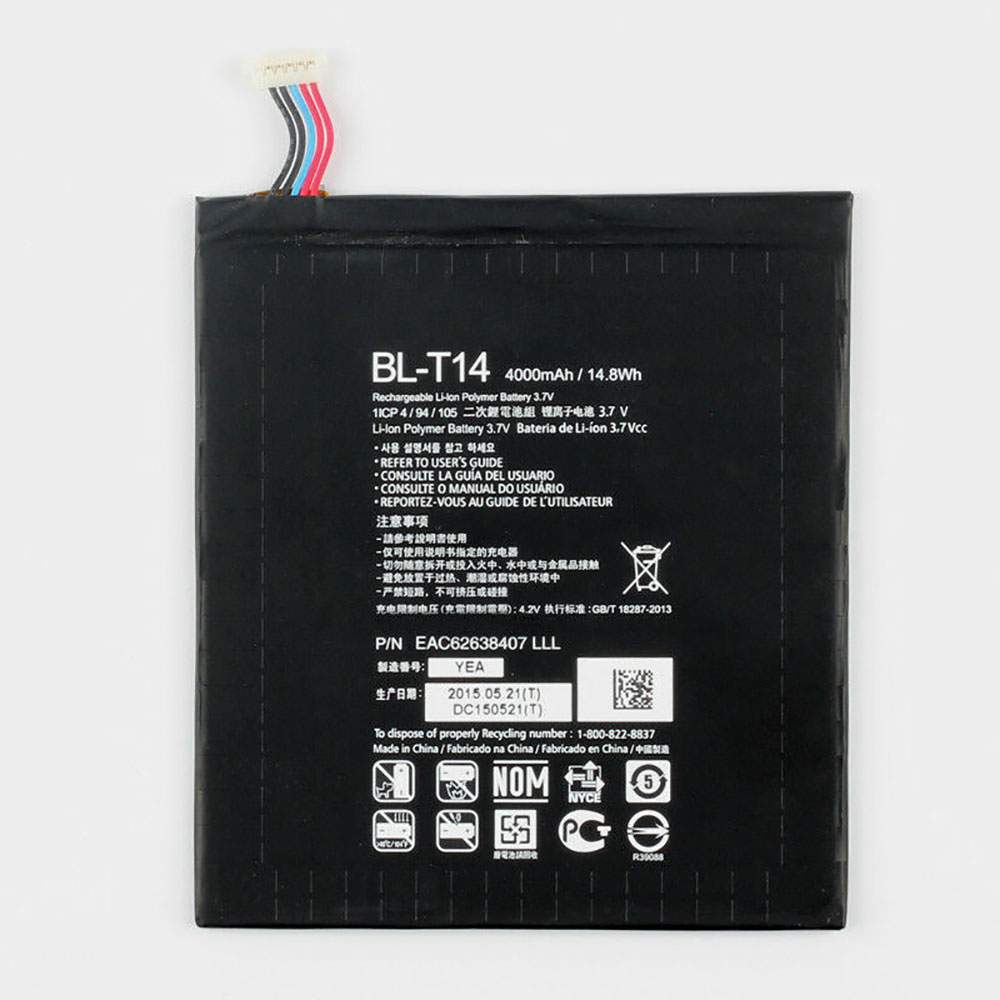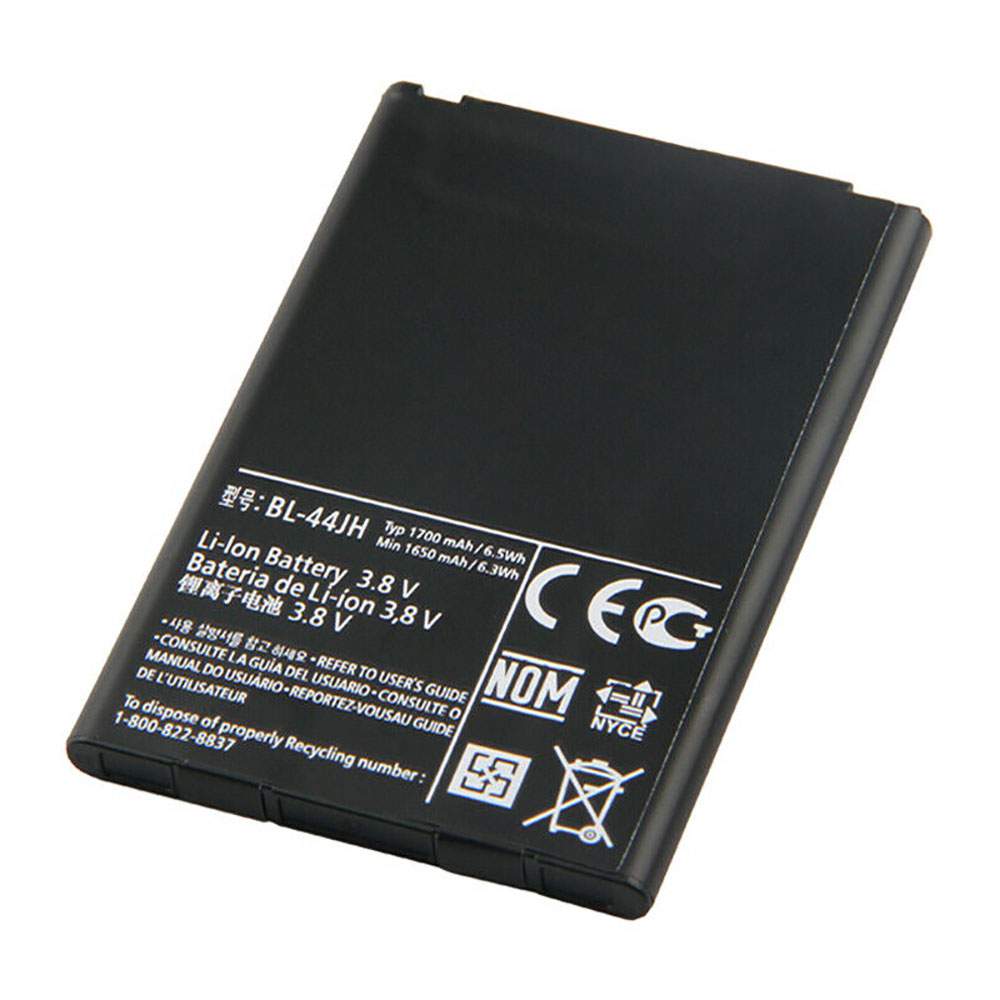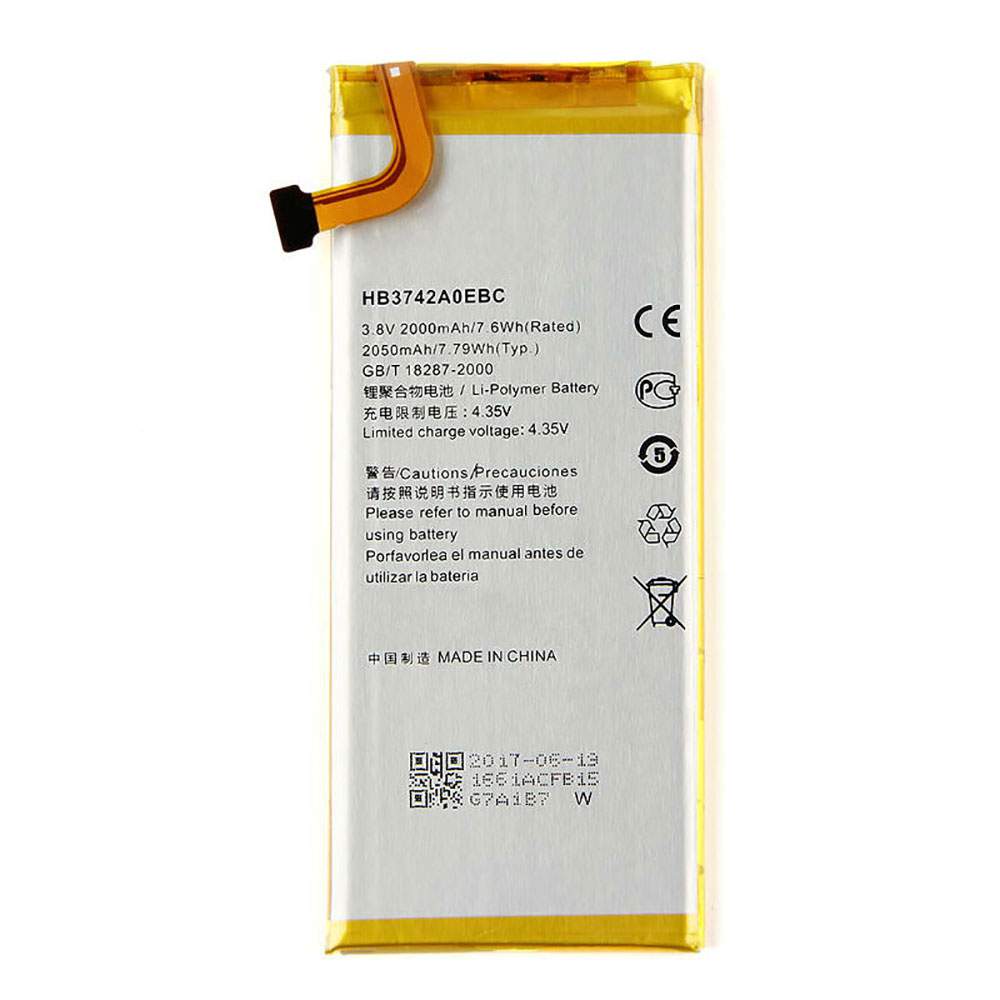Find the right battery for LG G Pad 8.0 V480 V490 V495 V496 to solve your power issues. Our LG BL-T14 batteries are manufactured to precisely fit just as your original battery.
We use the highest quality Li-ion cells and components that are lighter weight, charge faster and last longer.
US LG battery shop – Tech-Battery.com ! Shopping with us is safe and secure! 100% Guarantee Quality and Fully Test!
LG BL-T14 Battery For LG – Battery For LG Cell Phone Li-ion 4000mAh/14.8WH 3.7V/4.2V. Browse our various categories and find out why we have been the go-to source for our customers.

- Chemistry: Li-ion
- Voltage: 4000mAh/14.8WH
- Capacity: 3.7V/4.2V

Free shipping in most countries. click here to view detailed shipping costs.
We ship to the worldwide,please enquiry shipping & handling if you are out of united states.
What’s the total delivery time? (please use this formula to determine when your order will arrive) total delivery time = packaging time + shipping time.
Replaces the following products:
Fits the following devices:
LG G Pad 8.0 V480 V490 V495 V496
LG BL-T14 LG battery is replacement for LG G Pad 8.0 V480 V490 V495 V496. The BL-T14 batteries equivalent is guaranteed to meet or exceed LG original specifications. All LG BL-T14 Battery are brand new, 1 year Warranty, 100% Guarantee Quality and Fully Test!
We deliver quality LG Cell Phone extended batteries online. Purchase your LG Cell Phone battery here.
LG BL-T14 LG Batteries
- 100% OEM Compatible with your LG Cell Phone.
- Lithium Ion battery technology
- Convenient and secure online purchasing
- Dependable high quality LG batteries
- Satisfaction guaranteed or your money back
- 1 Year Warranty on all LG Cell Phone Replacement Batteries
6 tips to increase BL-T14 LG Battery lifetime
The performance of your LG depends largely on the performance of your battery. And his time of life depends on its users, and that you are. These are the principles that have guided the LG , at the head, so you can optimize the performance of LG Cell Phone battery.
New battery still fully charged BL-T14 sold. You must be on the first wheel to be conditioned for optimum performance. Loading and unloading of the battery 4 or 5 times is enough to determine.
The memory effect completely to avoid a full charge and discharge the battery, LG BL-T14 twice a month.
The dirt on the LG BL-T14 contacts of the battery can power the LG Cell Phone batteries. Clean with alcohol and cotton can look like and function like new.
This method is recommended for those using the AC adapter for long periods. We recommend that you use the LG BL-T14 battery at least once in two weeks. Batteries lose its charge when stored for a long time and you need the battery if it does break.
If he does not use a length of time, the LG BL-T14 battery will be stored protected from a clean, dry and cool, heat and other metals. A loss of business to charge the battery in time and need a break before reuse.
Power Management Features Battery BL-T14 enable the conservation of energy in the battery of LG Cell Phone. You can control the speed of the processor off, or you can adjust the brightness of the LCD screen to a minimum to ensure low power consumption.
Why we have been the go-to source for our customers ?
We stock a wide range of rechargeable batteries for LG Cell Phone. Your LG Tablet PC is part of your everyday life. Successful communications on a LG begin with your battery. When purchasing a replacement battery for your LG LG, dependability and price are what we have to offer. We’ve been supplying reliable, high quality LG batteries for over 10 years. Our goal is to provide high quality aftermarket replacement batteries at a very reasonable price. All of our rechargeable Li-Ion LG batteries are backed by a one year warranty.
What is the run time of LG battery?
LG batteries have two main ratings on them: Volts and Amperes. Because size and weight of batteries is limited when compared to larger batteries such as car batteries, most companies show their ratings with Volts and Milliamperes. One thousand Milliamperes equals 1 Ampere. When buying a battery, select batteries with the most Milliamperes (or mAh). Batteries are also rated by Watt-Hours, perhaps the simplest rating of all. This is found by multiplying the Volts and the Amperes together. For example:
- 14.4 Volts, 4000mAh (Note: 4000mAh is equal to 4.0 Amperes).
- 14.4 x 4.0 = 57.60 Watt-Hours
Watt-Hours signifies the energy needed to power one watt for one hour.





